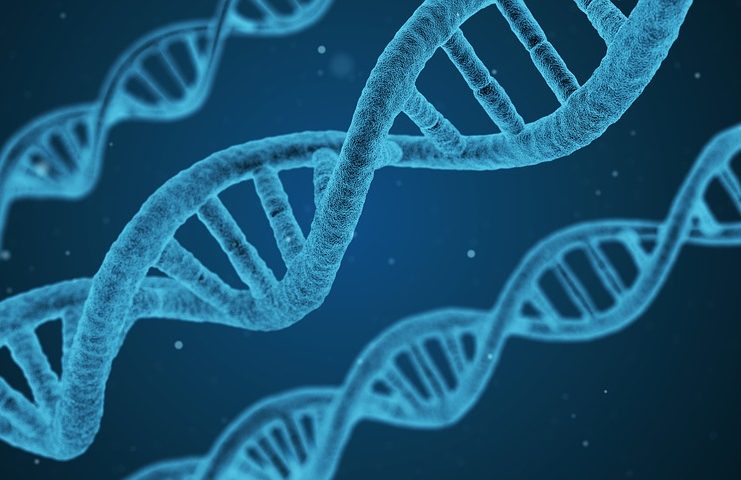RIO DE JANEIRO, BRAZIL – Scientists from the University of São Paulo (USP) completed the largest genetic database of the Brazilian population, with the sequencing of the complete genome of 1,171 elderly people. In the sample, two million new genetic variations were found, in other words, still not classified in genetic data on populations from other countries – the majority with a predominance of individuals of Caucasian origin.
The genetic variations or variants, sometimes referred to as mutations, are different versions of the same gene that can determine, for instance, the development of a disease. For researchers, the finding of millions of new variations shows how much the Brazilian population, highly mixed, is underrepresented in the largest genomic databases in the world.

The more than 1,000 complete genomes, already available on an open online platform, should simplify the diagnosis of rare diseases through genetic testing. In the future, the database will also be able to help define personalized treatments according to the genetic profile of each patient and to anticipate which individuals have the highest risk of developing certain pathologies.
“This type of data is very important for what we call precision medicine. The body’s response to a drug depends on our genome. In the future, we believe that before an individual takes a medicine, he or she can undergo genetic tests to determine which drug will perform best. That’s why it’s important to have databases with the sequencing of our population, because we are different, even from other Latinos,” explains geneticist Mayana Zatz, director of the Center for Research on the Human Genome and Stem Cells (CEGH-CEL) at the USP.
According to Professor Michel Naslavsky, at USP’s Bioscience Institute and researcher at CEGH-CEL, the detection of so many new genetic variants surprised researchers. “Every year we have more genomic databases in the world. The number of classified variants has therefore been growing and, nevertheless, we have found two million new ones. It’s a very interesting figure,” he said, the main author of the study presenting the USP research results. The study was released on the online pre-publication platform BioRxiv and has not yet been peer reviewed.
Brazilian scientists have compared their results with two of the largest genomic databases in the world (gnomAD and dbSNP). Together, they have over 700 million classified variants.
Prevalence of diseases
Another possibility of applying genetic sequencing data is to estimate the prevalence of certain diseases in each population.
For instance, the researchers in the USP study analyzed 400 variants classified in international genomic databases as pathogenic, i.e., causing some disease. When checking the clinical condition of the elderly who had the sequencing performed, scientists observed that 37 percent of these variations were not related to diseases in the Brazilian group and reclassified these variants as non-pathogenic.
Mayana explains that the group chose to sequence the genomes of elderly that had already been followed for years in another USP study, conducted by the School of Public Health, specifically to cross genetic data with the clinical conditions of patients. “At their age, it is possible to determine if they are at increased risk of more diseases, such as Alzheimer’s and Parkinson’s,” explained the geneticist.
She emphasized that genetic sequencing research is expensive and showed apprehension over the bill submitted by the state government to the Legislative Assembly of São Paulo (ALESP) which provides for cutting funds for institutions that finance research, such as FAPESP, one of the project’s main sponsors. “If they cut funds, studies like ours may be interrupted. Each sequence costs US$1,000, excluding analysis, computers. If we didn’t have this financial support, we wouldn’t have completed the study”.
Elderly and Covid-19
The USP Human Genome and Stem Cell Research Center will use the sequenced genome of the elderly also to assess which genetic variants are related to more or less severe Covid-19 conditions. According to geneticist Mayana Zatz, the center’s director, while most elderly people are at increased risk of complications when infected with the coronavirus, there are contaminated centenarians who, surprisingly, present a mild picture or the asymptomatic form of the disease. “We want to investigate if these people have any protective genes,” she said.
The group should also study the genome of couples that had different degrees of the disease. “They are people who have shared the same space, the same bed and one got sick and the other didn’t”, says Mayana. One hundred such couples have already had their genetic material collected.
Source: Exame

